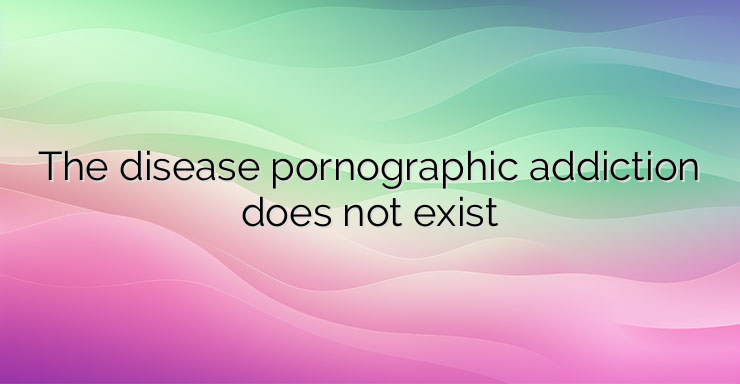Psychologists and journalists easily determine whether someone is “addicted” to pornography, but modern science cannot generate sufficient evidence for the existence of such a disease. Placing definitions such as “addiction” only serve to describe the frequency with which pornographic material is sought out and viewed, concluded a group of psychologists led by Dr. David Lay. The human behavior research program led by him and his team published their results in the respected Springer journal Current Sexual Health Reports in 2014. According to them, this trend contradicts science because it only affects the negative sides of the pornography industry, completely ignoring the positive effects. which it has on society. In addition, finger-pointing and pseudoscientific generalizations about addiction have a negative effect on millions of users, lowering their self-esteem. “Pornography addiction” does not exist in any modern psychology textbook due to a lack of statistical data. Over the past 30 years, less than one in five studies of human sexuality have defined high frequency use of pornographic material as “addiction.” For the same period, there are only 13 studies on the subject containing reliable statistical data on users and only one that observes the psychophysiological aspects of increased pornographic consumption. Most research on the subject pointing to “addiction” doesn’t really have enough evidence. While this hypothetical condition is regularly associated in the mainstream media with erectile dysfunction, brain changes, and “moral impairment,” no statistically valid data exists to support these claims. NEWS_MORE_BOX Scientists from Dr. Lay’s team believe that the positive properties of pornography have been greatly overlooked and underestimated. According to them, pornographic materials can shed light on human sexuality and reveal many secrets and practices considered taboo. They can improve life directly by helping to release hormones and chemicals in the blood associated with sexual arousal that lower stress, blood pressure and depression. They also have the property of giving new ideas to couples who want to experiment in their sex life and increase the pleasure of intimate contacts. The fact that pornography gives expression to fantasies and desires that may be taboo in some societies or be completely illegal should not be overlooked. According to statistical studies, the availability and use of pornographic materials in a given community is inversely proportional to the incidence of sexual violence. Also, there are pornography-based therapies that are used in the treatment of hypersexual and asexual behavior characteristic of perpetrators or victims of sexual violence. Better methods are needed to help people who feel that frequent use of pornographic material is harming them.Branding them as “addicts” and prescribing libido-suppressing drugs and therapies without an adequate medical diagnosis are ineffective and unscientifically sound, while supporting an entire industry of clinics, pharmacists and doctors “treating” the condition.


Leave a Reply